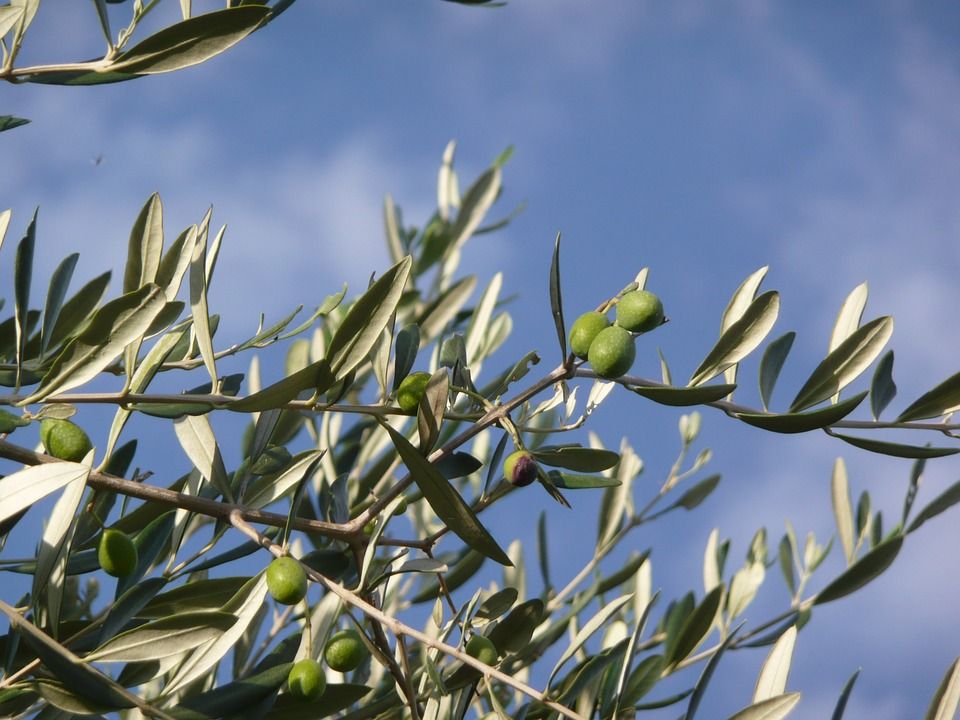No products in the basket.
Blog
How to Maintain an Olive Tree
How to Maintain and Olive Tree
How to Maintain an Olive Tree, so you’ve selected your olive tree, planted it in the sunniest spot in the garden, where it’s sheltered from wind, and you’ve also ensured that it’s in well-drained soil.
Now, with your tree in situ, it’s time to ensure that you are able to maintain it so that it grows to its maximum ability, so that you are able to enjoy its beauty – and in some cases fruit – all year round.
Below we’ve included advice on the steps you will need to take in order to look after your olive tree.
Fertilisation
When to do: Spring
While fertiliser isn’t essential, you are likely to see increased benefits if you undertake a nutrition regime – how often you do, is up to you, however it’s recommended that you conduct this each spring. If you plan on producing fruit from your tree, then a liquid fertiliser should be used as this will keep the soil moist – something which is essential for olive production.
Olive trees can be slightly deficient in nitrogen – a key component for flower and fruit production – therefore a fertiliser which contains this ingredient can be beneficial to its health. A fertiliser which contains at least 10% is recommended.
Using an organic fertiliser will contain components such as manure and compost, which take a longer to decompose – providing your olive tree with benefits over a sustained period of time. Using a natural fertiliser will give your olive tree nutrients which it needs to survive, such as copper, zinc, calcium, magnesium and managenese. When using organic fertiliser, you should carry this out every other year to achieve maximum benefits.
Fertiliser should be applied to the ground but not in a position too close to the trunk. Once you have applied your fertiliser, you should water thoroughly to aid absorption of the nutrients. Avoid fertilising during winter months, as this is when your tree does the least growing so you won’t see any benefits.
Using a chemical solution, will address any immediate issues that your olive tree is facing, while an organic fertiliser will provide longer term benefits for overall tree health.
Pruning
When to do: Late spring or early summer
As olive trees grow slowly, you won’t need to prune them all that regularly. However, as pruning encourages new shoot growth which aids flowering, if you plan on producing fruit, you will need to prune your tree.
During the first couple of years of your olive tree’s life you won’t need to prune, as the tree becomes more established, forming foliage on its own. Any pruning should be conducted after the last frost has passed, in late spring or early summer. This allows your tree to heal, so as not to leave ‘wounds’ open in the colder months which can be particularly damaging.
You should remove any dead, diseased or dying branches as these will affect how healthy your tree is. Branches which are obscuring the shape of your olive tree should also be pruned, with your aim to allow light to reach the centre of the tree where possible, as branches which rub together can affect growth.
It’s also recommended that you cut back shoots which grow from the base of the trunk upwards, as these can affect how much energy the tree puts into growing. Removing these encourages the tree to place its focus on growing the crown of the plant.
Be wary of pruning your tree too much, however, as this can cause shoots to over-produce non-fruiting shoots.
Watering
When to do: Occasionally
Olive trees are relatively low maintenance and are extremely drought tolerant (as their origins are used to such conditions), so you won’t need to keep a strict watering schedule in place.
In fact, once your tree is planted, in some cases, you may not need to water your plant all too frequently. However, a well-hydrated tree is more likely to flourish, so if dry spells do occur, it’s recommended that you give your tree a drink.
If your tree is kept in a pot, then watering will need to take place more often, as the roots are unable to search for water like they would if they were planted in the ground.
You should also regularly water your tree during the first year of it being planted, as this will help the tree to become more established in its new home.
Winter advice
When to do: If temperatures are particularly low
While olive trees are known for being hardy, if temperatures drop below -10°C the tree could become damaged. Therefore, it’s important that you take necessary steps to reduce the risks associated in the winter months.
All plants should be placed in a sheltered spot, so that if freezing winds do occur, your plant is relatively sheltered from these elements. You could also add layers of horticultural fleece to protect your tree.
If your tree does become damaged, then you may experience leaf loss or yellowing, and while these buds should regrow, flowering may be reduced for the season.
As we have mentioned throughout, olive trees are low-maintenance when compared to other plants and trees. However, regular maintenance and care will ensure that your olive tree is able to thrive and grow to its full potential.<
[widgetkit id=”24″ name=”Blog sales”]

